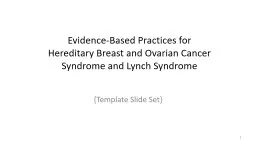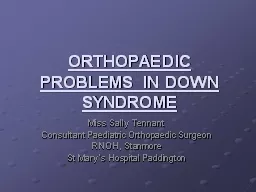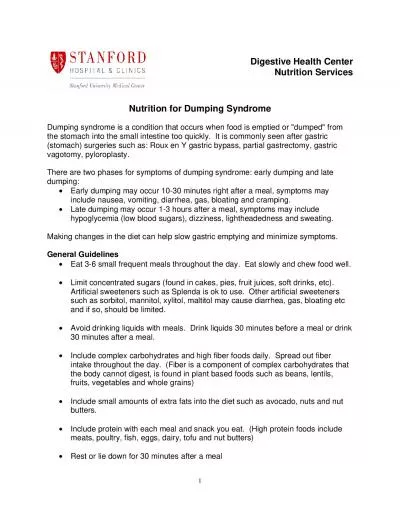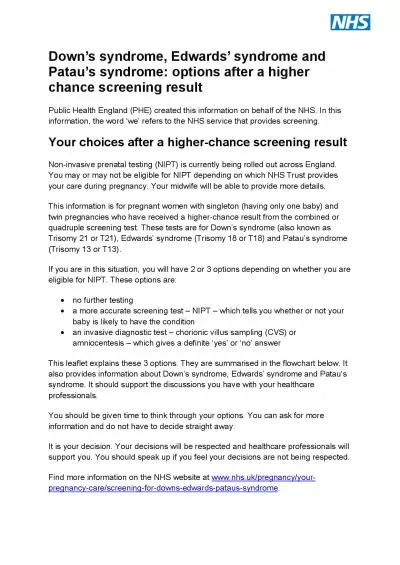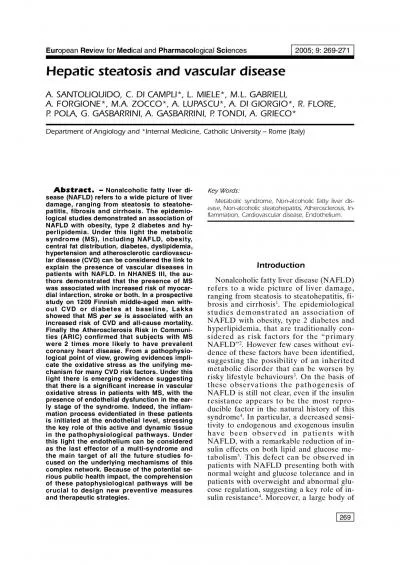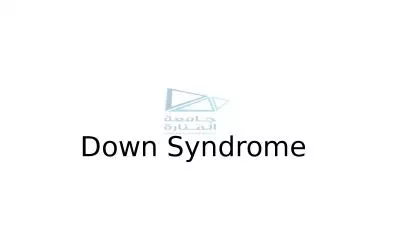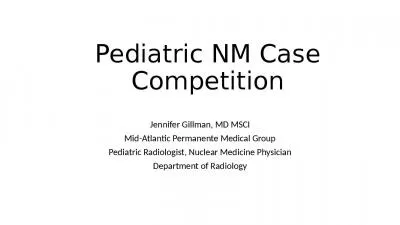PPT-Surgical Considerations for Patients with Heterotaxy Syndrome
Author : pasty-toler | Published Date : 2019-11-24
Surgical Considerations for Patients with Heterotaxy Syndrome Jeffrey P Jacobs MD FACS FACC FCCP Professor of Surgery Johns Hopkins University Director AndrewsDaicoff
Presentation Embed Code
Download Presentation
Download Presentation The PPT/PDF document "Surgical Considerations for Patients wit..." is the property of its rightful owner. Permission is granted to download and print the materials on this website for personal, non-commercial use only, and to display it on your personal computer provided you do not modify the materials and that you retain all copyright notices contained in the materials. By downloading content from our website, you accept the terms of this agreement.
Surgical Considerations for Patients with Heterotaxy Syndrome: Transcript
Download Rules Of Document
"Surgical Considerations for Patients with Heterotaxy Syndrome"The content belongs to its owner. You may download and print it for personal use, without modification, and keep all copyright notices. By downloading, you agree to these terms.
Related Documents




